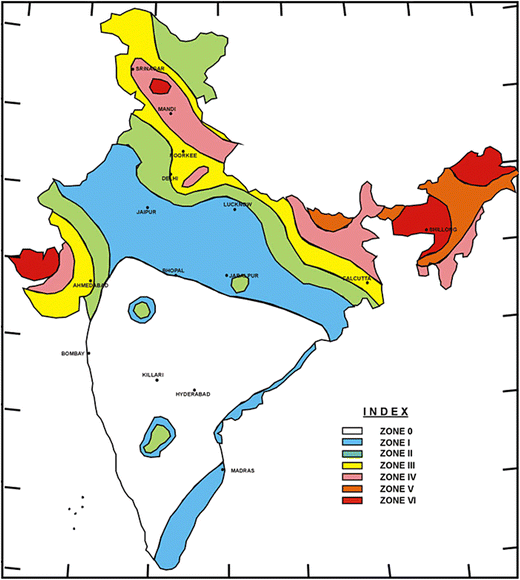The mother earth is composed of 3 layers , crust, mantle and the core. The most inner layer which is called core is a solid iron ball like structure, which is about 2400 Km in diameter, the inner core iron can not melt because of tremendous high pressure and temperature. The temperature of the core estimated about 5,000 – 7,000 degree Celsius.
Second layer which is the outer core of the inner layer is made up of liquid iron, this layer is cooler as compared to inner layer having 4,000 -5000 degree celsius . This layer create the earth magnetic field. It is mainly made up of iron and nickel. This outer core flow around the center of the inner core, and the movement of the metal creates our planet magnetic field.
Lower Mantle : This layer is above the outer core is lower mantle and it is made up of iron, silicon, magnesium and aluminium, this layer is found between 670 Km – 2890 Km below the earth surface.
Upper Mantle : This layer is upto 670 Km from the earth surface, made up of both solid and liquid rock.
Crust – The earth surface is covered by it’s the inner layer, the crust which are two types continental crust and oceanic crust. Continental crust which is 8 Km to 70 Km thick and mostly made up of granite. Oceanic crust 8 Km thick mostly made up of a rock called as basalt rock.
The crust and the outer mantle layer makeup a thin skin on the surface of the earth. Now this skin is mainly made up of various components the pieces of earth crust and upper mantle together called as lithosphere plate, they are massive, irregular shaped slab of rock which is called as tectonic plates. All of the earth land sit on these tectonic plate. which are constantly moving over the other weaker layer.
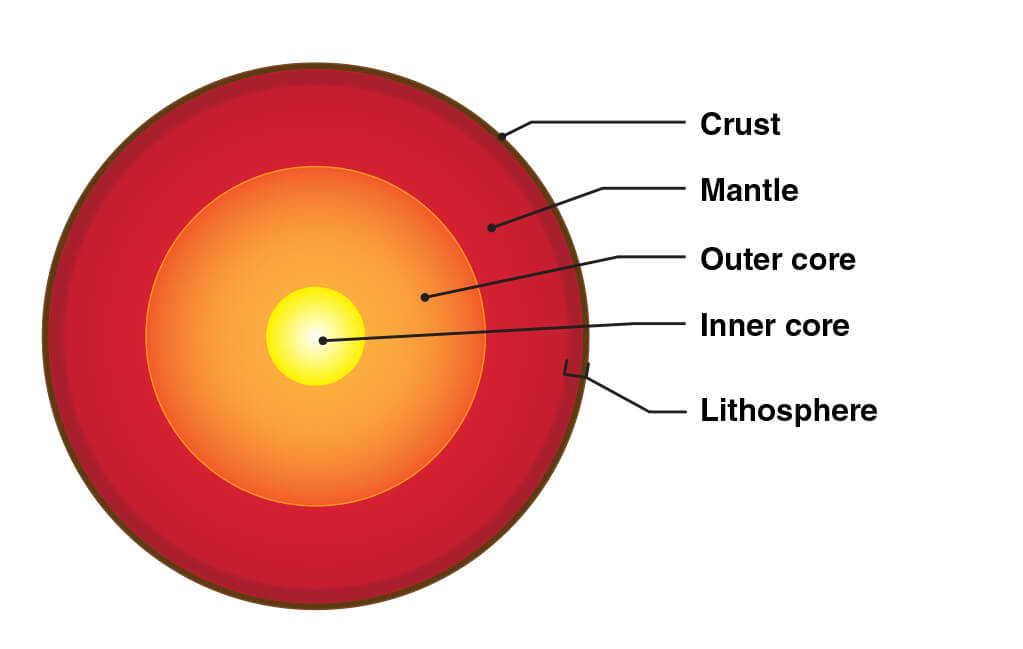
What causes the earthquake?
As the tectonic plates crash into each other, In this case the edge of the one plate slide under another plate, that destroy or the edges of two plates collide to form and rise up to form a mountain, In this way these plates moves from their places , these plates on an average move about 4 -5 mm from their place.
The collision of these plates causes earthquake which also triggers Tsunami in coastal area .
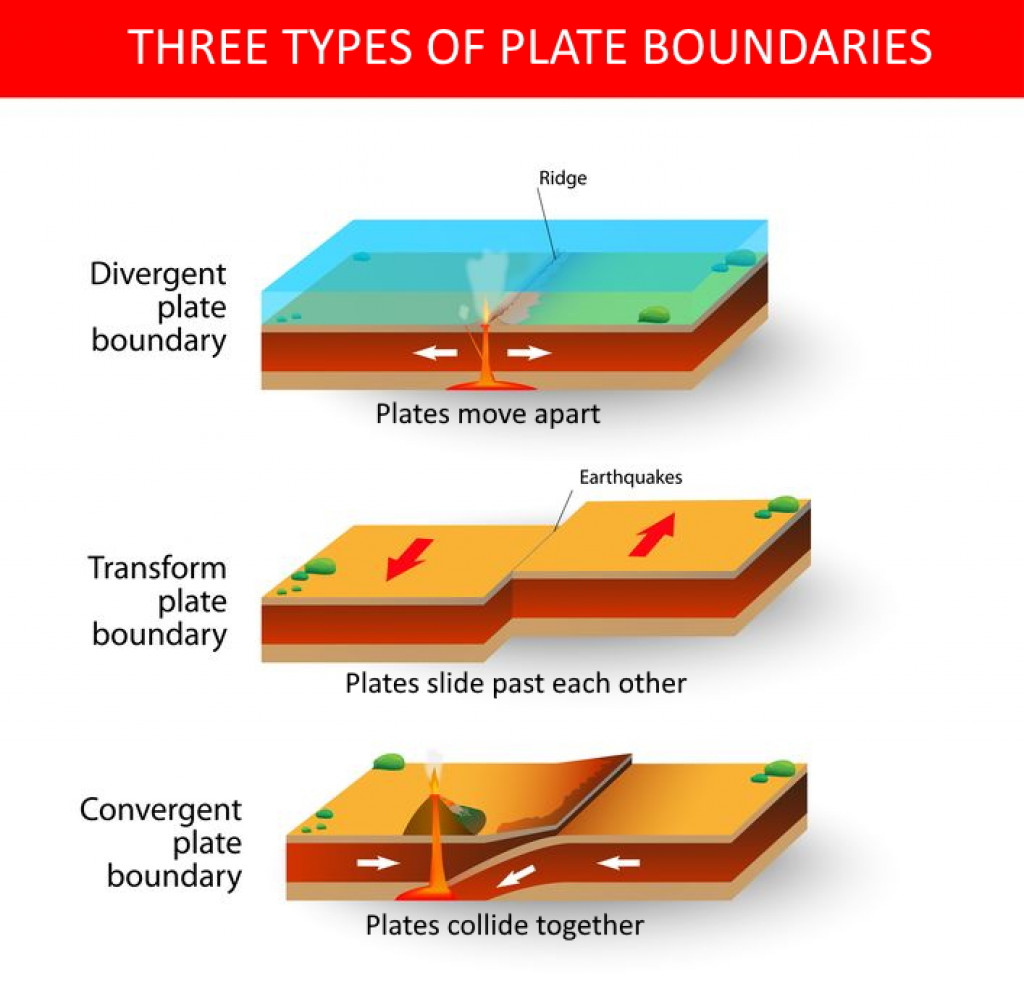
Earthquake epicenter is the point on the earth surface, vertically above the point where there is a movement Of plates causes seismic rupture, Earthquake are measure on Richter Scale, It is calculated by an instrument that measure how much the ground shakes over the time is called seismographs. Now a days scientist starts measuring the earthquake intensity by moment magnitude.
Magnitude of class of earthquake
- Micro earthquake less than 3.0 on Richter scale
- Light – Magnitude of the earthquake in between 4.0 – 4.9
- Moderate – 5.0 – 5.9
- Major – 7.0 -7.9
- Great – 8.0 and up
Some of the largest earthquake recorded in India.
Bihar -1934 : More than 3,000 people lost their lives, earthquake recorded in Richter scale was 8.1, The epicenter was located in Eastern Nepal .
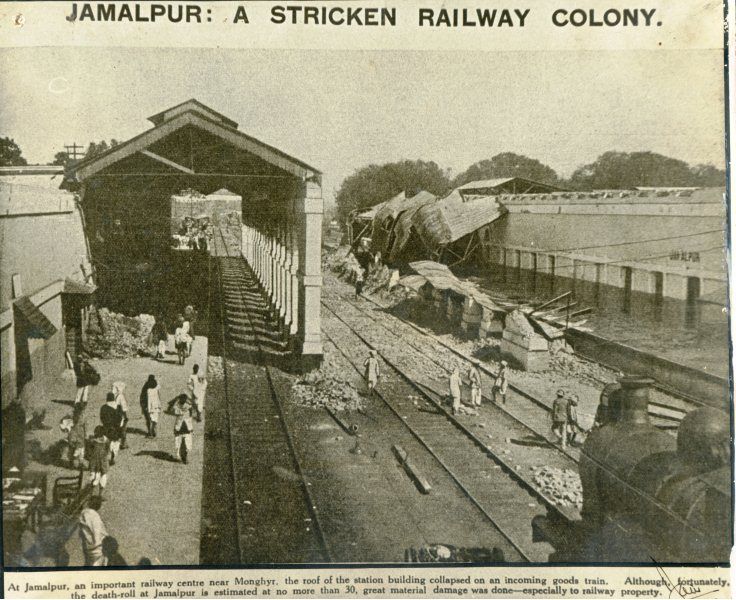
Assam – 1950 : It was consider as the deadliest earthquake quake in 20th century. The epicenter was in Tibet
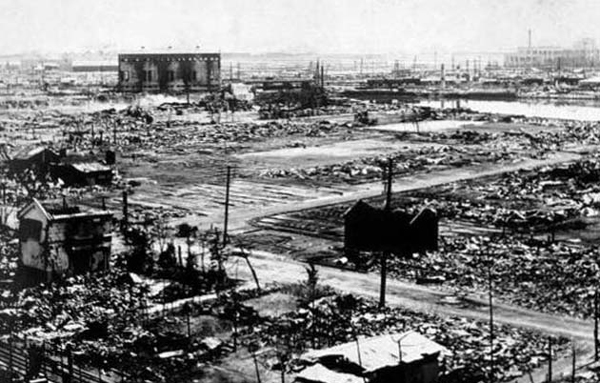
Uttarkashi – 1991 : Over 1,000 people lost their lives, its was a 6.8 magnitude of earthquake, The epicenter was in northeast of uttarkashi region. The earthquake was felt up to 250 -350 Km.
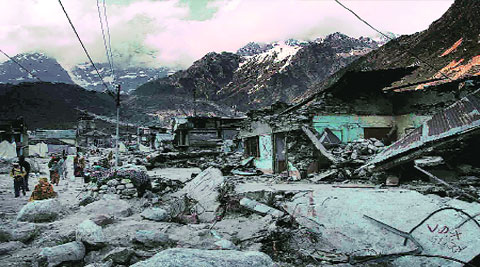
Latur, Maharashtra – 1993 : More than 10,00 people lost their lives and 30,000 injured , most effected district of Maharashtra was Latur and Osmanabad. Latur earthquake which led widespread destruction among the nearby district. Taking into account devastating destruction government has started to educate people to TMT bars in building construction. Magnitude of earthquake measured 6.2 and epicenter lies 50 km from latur.
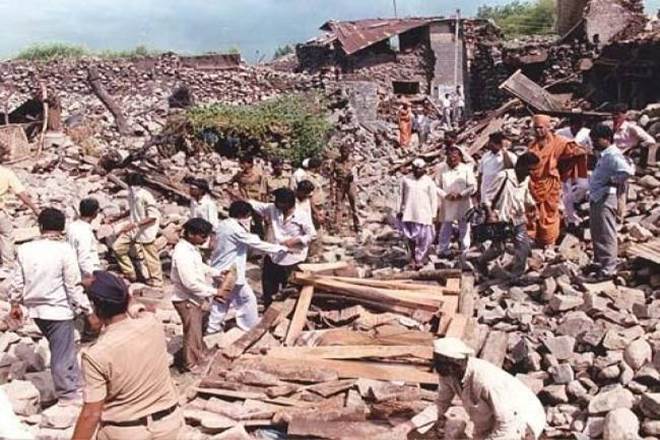
Gujarat earthquake – 2001: It was measured 7.7 on magnitude , also known as bhuj earthquake occurred on 26th January 2001 at 8.46 am ,epicenter of earth was Chobari in Bhachau taluk, around 100 km from bhuj. Nearly around 20,000 people lost their lives. The worst hit area was bhuj district og gujrat, The biggest disaster was the demoltition of the Bhuj civil hospital, where about 170 people dies and many injured .

Earthquake in Delhi : Delhi is unlikely to be the epicenter of moderate level earthquake. The highest earthquake measured in Delhi was of 5.6 magnitude, recorded on 27th July 1960.
In the month of May to 1st week of june 2020, Delhiites has experienced about 10 mild intensity earthquake , with magnitude less than 5.0 .
The reason for the consistent number of small tremors , lies inside earth crust, as you know massive rock material floating sits on mantle layer keeps on sliding from their places, According to scientist the crust formed under the Himalayan is still under tremendous amount of strain and they move and make shift or even brake a part. This slow release of tension is what Delhi seismic zone is experiencing in the form minor low magnitude earthquake.
According to the scientist they can’t predict time, place and magnitude of the earthquake. They believe there is a seismic activity going around Delhi NCR region . Delhi falls under high risk seismic zones.
According to some experts the ground level in Delhi NCR region is slipping, this level configuration is called en echelon fault. It is likes as many of the cycles parked next to to each other and one cycle may fall causing a chain reaction. The same is some thing going on in Delhi earth crust, The surface fell on top of each other is so much of that its produces seismic activity.
As per the National Center for Seismology, Delhi NCR region has three fault lines, where there is a fault line, there is a earthquake epicenter.
- Delhi – Moradabad Fault Line
- Mathura Fault Line
- Sohna Fault Line
